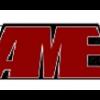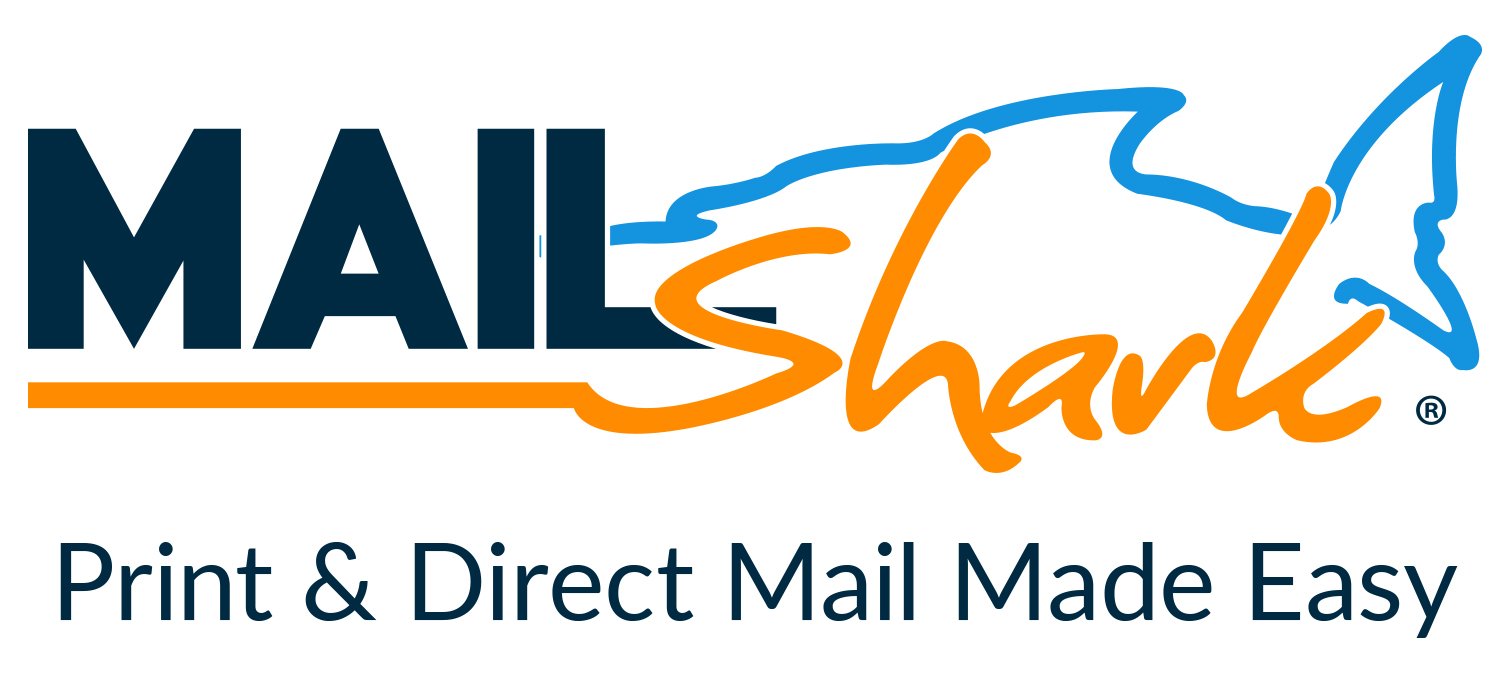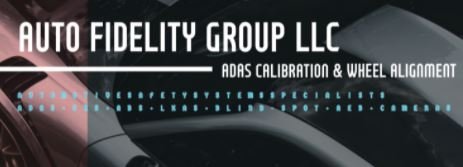Zig Ziglar once said, “It is easier to explain price once than to apologize for quality forever”, and I agree completely. The fact is that you must have great people and procedures at your sales counter. You may have the best diagnostic equipment, tools, and talented technicians available and it is useless if you are not bringing your “A” game at the front counter. Does your shop have an organized, talented sales team? Do they have clear guidance and training to make it all happen? What golden rules do you hold sacred at your sales counter?
Here are Four counter measures that will insure success in accommodating your clients:
-
Great relationships: Your service advisor must develop great relationships with your clients. They must be easy to like, smart, and organized, to say the least. A great service advisor should go out with the client and walk the car to take notice of things that interest the client. Look for NFL team stickers, NASCAR items, baby seats, free mason logos, military stickers, or anything that can help establish a connection. As your service advisor develops relationships they will build trust and credibility. At the same time you should give the vehicle a good look. Are the tires worn evenly? Do you smell any burning fluids? Keep your eye out for any body damage, scratched paint, or broken lights. Casually mention any noteworthy observations. Giving this kind of time and attention to your client will pay huge dividends.
-
Good intelligence: Getting a good problem statement is so important. So many clients want to over simplify what they tell the service advisor. The reason is either they are not detail oriented or, more likely, they believe the simpler they make the problem sound will determine how much cheaper the repair will be. This is where great service advisors earn their stripes. A few minutes harvesting a good problem statement at the counter can literally save hours in the shop. One of the best ways to get the desired problem statement is by asking open ended questions. Here are a few examples;
-
When was the car last working correctly?
-
Then what happened next?
-
What else happens when the car symptomizes?
-
Under what conditions does the car symptomize?
-
What does the noise sound like?
-
How big is the puddle? After how long?
This line of questioning will take its own course through the service advisor’s experience and analytical mindset. The result will be a spot on problem statement.
-
Analyze the information: Gather all the information on your client’s vehicle and assemble it into a logical plan. First, take the diagnosis of the problem the vehicle came in for and turn it into a complete estimate. I emphasize “complete” because so many shops miss the boat right here. Many shops will do the minimum repairs that are needed. These are shops that are worried about car count instead of making the cars count. Remember, we are going to solve the problem not fix the symptom. Always think in terms of concern, cause, and correction. Organize the results of the diagnostic and the inspection into the following format;
-
Needed repair: This would be what you recommend doing first and why. For example, front brakes that are metal to metal. You would probably recommend calipers, rotors, pads, hoses, rear brake clean and adjust, as well as a brake fluid flush.
-
Reliability: These recommendations might include C.V. shafts because outer boots are cracked, but not broken, serpentine belt and tensioner that are worn, but still operational. Things that must be done soon, before reliability is compromised.
-
Preventative Maintenance: These are maintenance items you recommend due to mileage or that are indicated on your inspection. Some possibilities may be a tune up, timing belt, struts, radiator hoses, or transmission service.
-
Economy: These are things that are recommended for better economy, like a fuel injection service, air intake cleaning, air filter, or oxygen sensors. These would be the finer points that really put your client’s car into top shape.
-
Presenting the plan: Always lead with the good things you found during the inspection. Compliment them on keeping their vehicle in good repair. Next address the items that need to be repaired. Explain why you are recommending these items. Going back to the brakes; We recommend the calipers because they are seized, the rotors are ground beyond specification, pads, hoses are old and could be breaking down internally, the brake flush is needed because it’s overdue and the grinding brakes most likely boiled the fluid.
The most important part of presentation is the recap. “So, Mrs. Jackson, to do the brakes with calipers, hoses, and brake flush, which includes our 12/12 Nationwide Warranty, tax and everything we discussed would be $472.00 total, out the door”. “We can have that done by 4pm today”, then shut up. At that point you will usually get the authorization to proceed with the recommended repairs. Always under promise and over deliver! You will build trust and credibility with your clients by providing them with the services and information they need.











Recommended Comments
There are no comments to display.
Create an account or sign in to comment
You need to be a member in order to leave a comment
Create an account
Sign up for a new account in our community. It's easy!
Register a new accountSign in
Already have an account? Sign in here.
Sign In Now